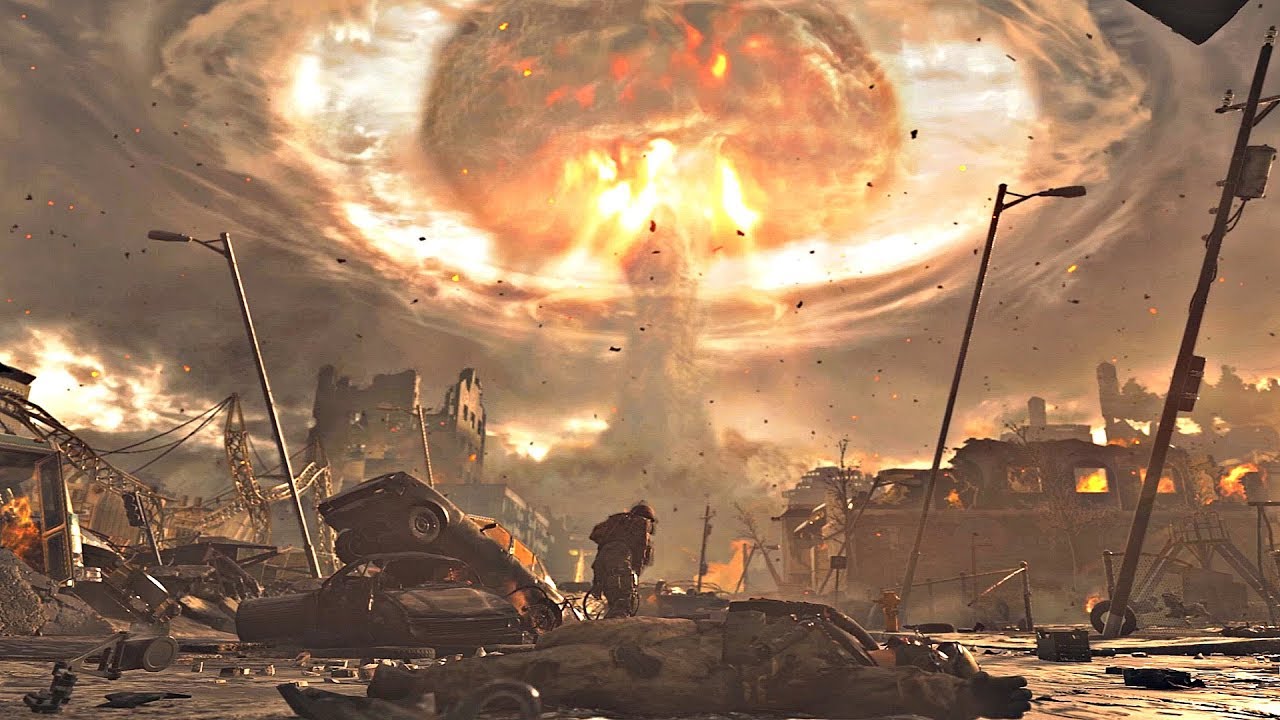Call of Duty: Modern Warfare is when Infinity Ward 'finally gave up on the idea that we were making a better version of Counter-Strike'
I mean, it never was, but OK.

On October 28, 2023, the Call of Duty series will be 20 years old. While it's now one of the most impressive and well-resourced development projects on the planet, with three core studios (as well as support studios) dedicated to keeping its annual release cycle spinning, the foundations for its success were laid by Infinity Ward which, after developing the first two games in the franchise, was given the time to make something really special, and produced what is still the series' defining entry with 2007's Call of Duty 4: Modern Warfare.
This was such a leap ahead of what the series had managed previously, especially in multiplayer, that you could argue the games have laboured on under its shadow ever since. It was a radical departure in tone and combined this with an overhauled take on multiplayer that is still the model now.
"I have a lot of really positive memories of playing Call of Duty 1 multiplayer on PC," says Mackey McCandlish, formerly of Infinity Ward, in a new interview with IGN. "Back then you could put 64 players plus on a server and you'd play Search and Destroy, our version of Counter-Strike. And then once you're dead, you're out."
Infinity Ward had felt that, over the first two games, it was making a multiplayer experience that was competing with the big-hitters in the genre. "The interesting choice going from Call of Duty 2 to 4 is that we finally gave up on the idea that we were making a better version of Counter-Strike," says McCandlish. "We said 'You know what, our players just want to play Team Deathmatch. Is there anything we could do to make Team Deathmatch something we want to play too?'"
The answer to this question would become another foundational element for Call of Duty: killstreaks. "The solution there was to try to find a way to carrot players, to reward them for playing a little bit more like they would in a single life mode like Counter-Strike. And the way to get there was the killstreaks, where 'Hey, I've got two or three kills, now I have a reason not to just go run into the next person.' There's a little bit of stakes there."
I've never thought too deeply about killstreaks, but McCandlish's reasoning instantly strikes home: I know exactly that feeling of being one or two kills short of a nice reward, and tailoring my playstyle accordingly. Killstreaks are also overpowered in a way that makes sense, with many pretty much guaranteeing multi-kills, but only if players have the patience and longer term game plan to get close to that.
McCandlish does reminisce that before killstreaks "we didn't have unlocks and stuff" which is an area of COD that's become nearly unbearable: its weapon and operator skins just seem like a big pile of interchangeable, garish mush these days. But then I remain a Counter-Strike aficionado, idly stroking my golden AK-47 barrel, so I'm arguably not the target audience.
Keep up to date with the most important stories and the best deals, as picked by the PC Gamer team.

Rich is a games journalist with 15 years' experience, beginning his career on Edge magazine before working for a wide range of outlets, including Ars Technica, Eurogamer, GamesRadar+, Gamespot, the Guardian, IGN, the New Statesman, Polygon, and Vice. He was the editor of Kotaku UK, the UK arm of Kotaku, for three years before joining PC Gamer. He is the author of a Brief History of Video Games, a full history of the medium, which the Midwest Book Review described as "[a] must-read for serious minded game historians and curious video game connoisseurs alike."

